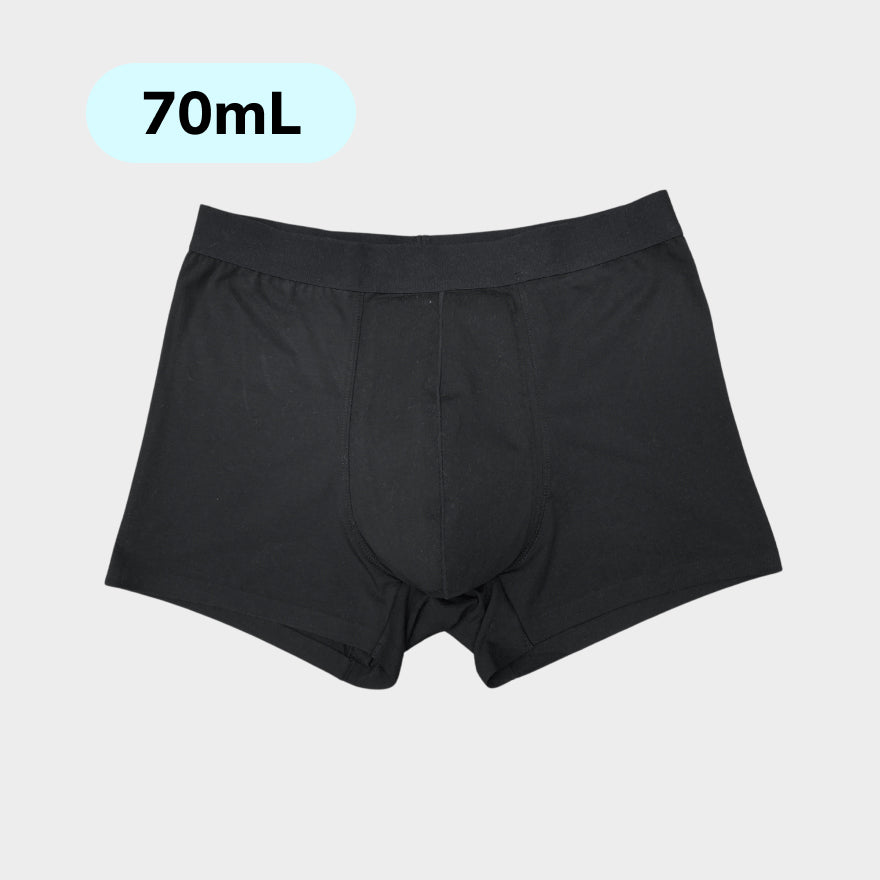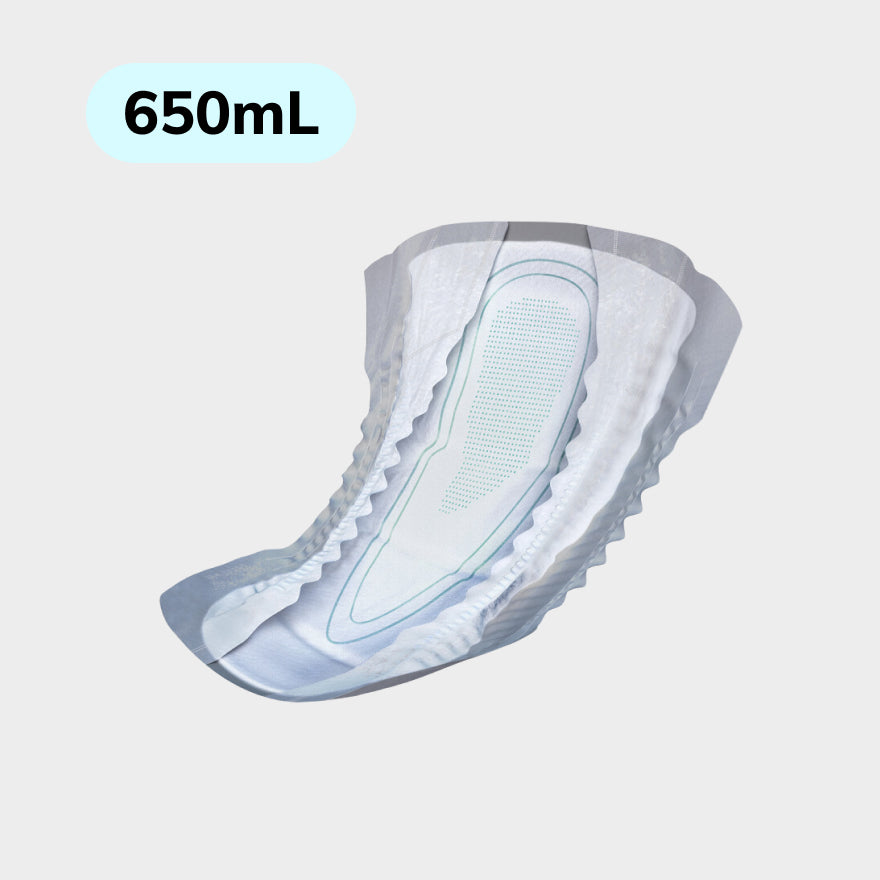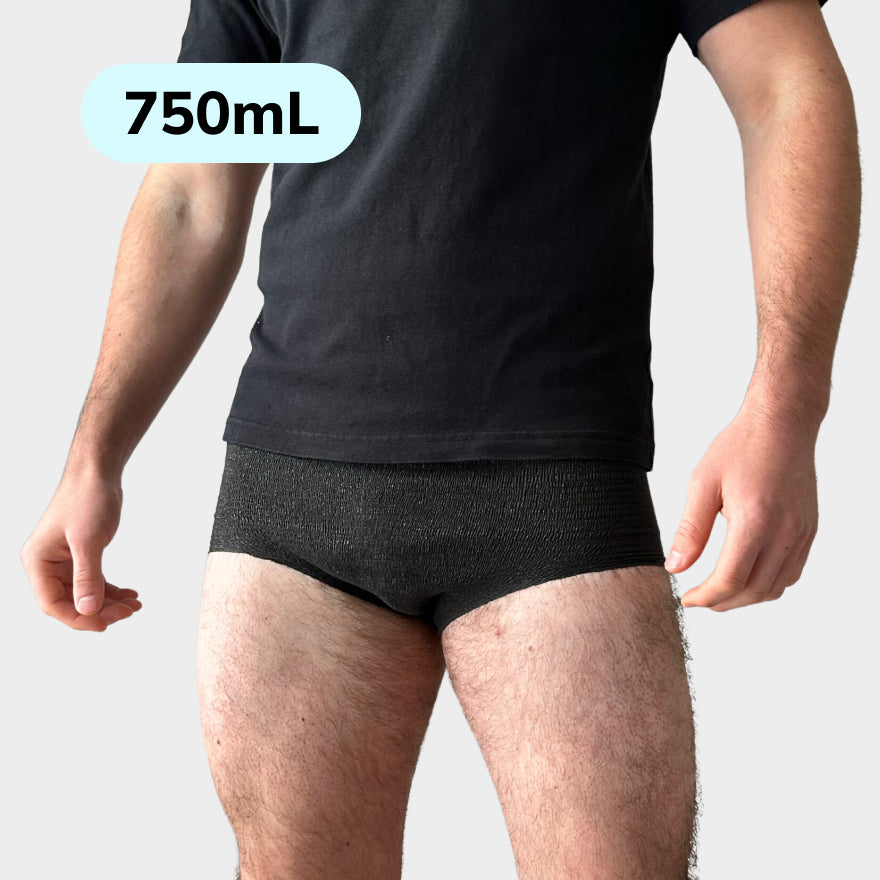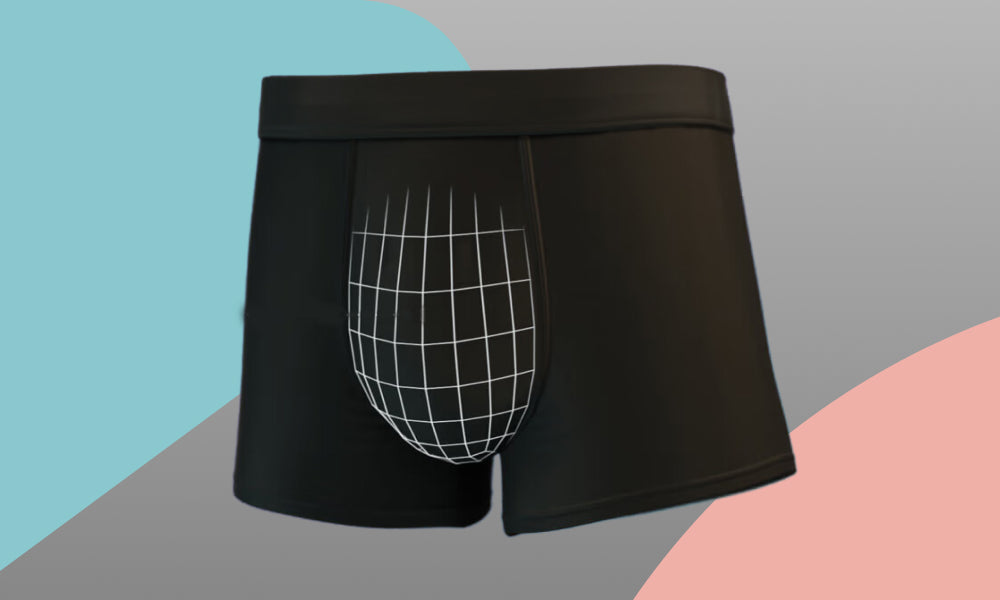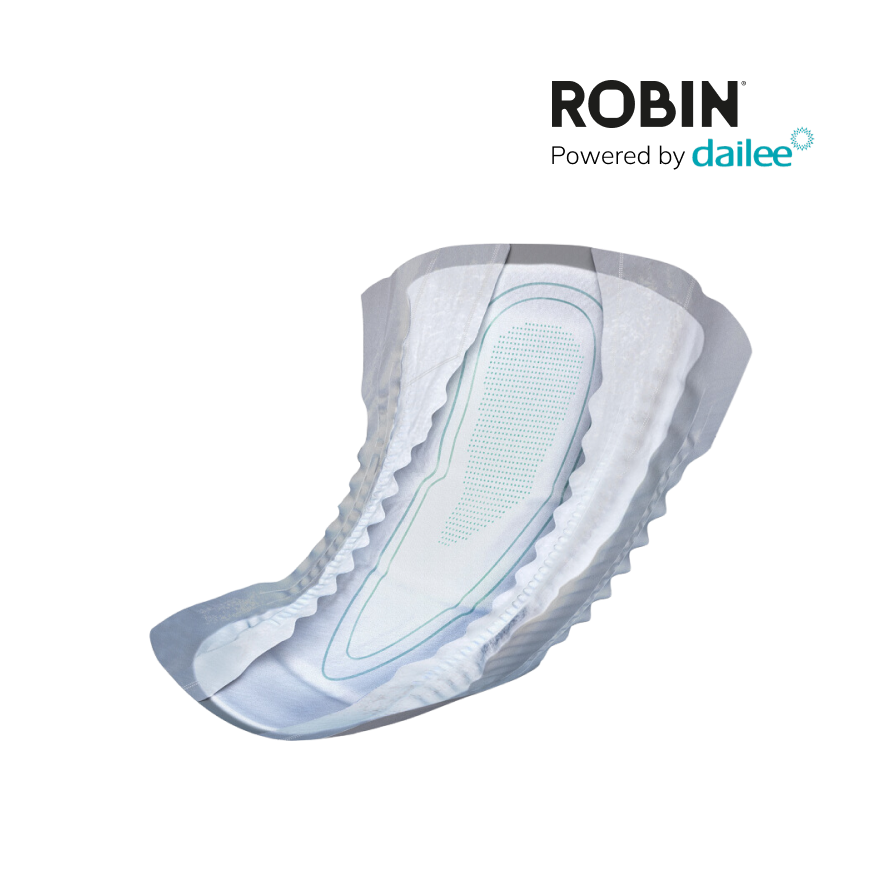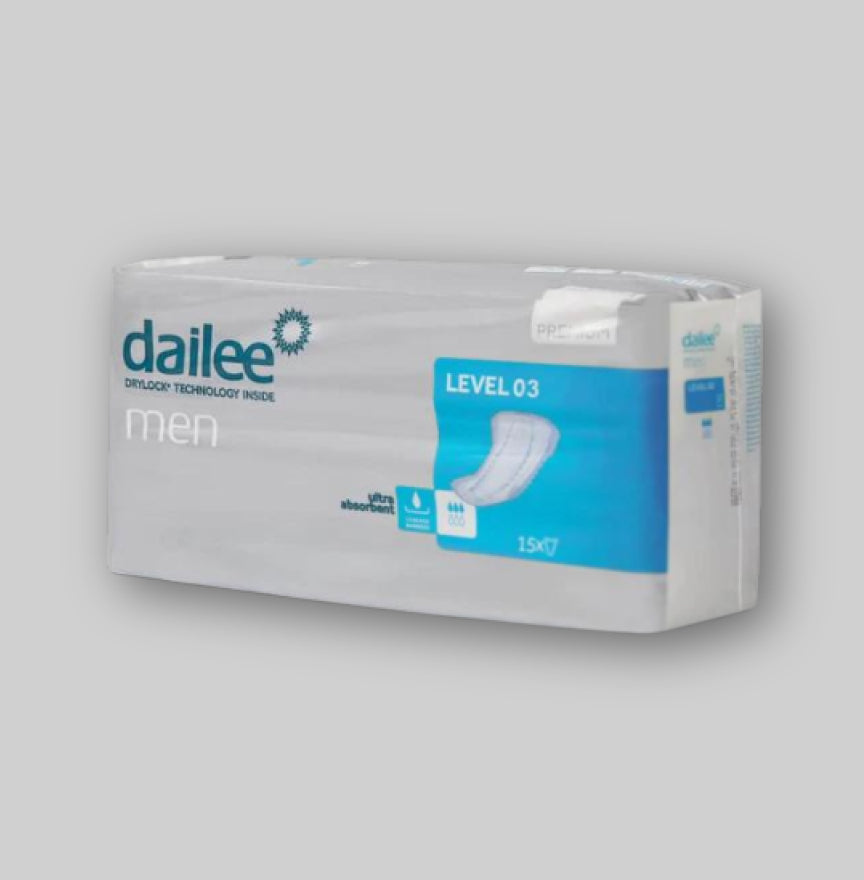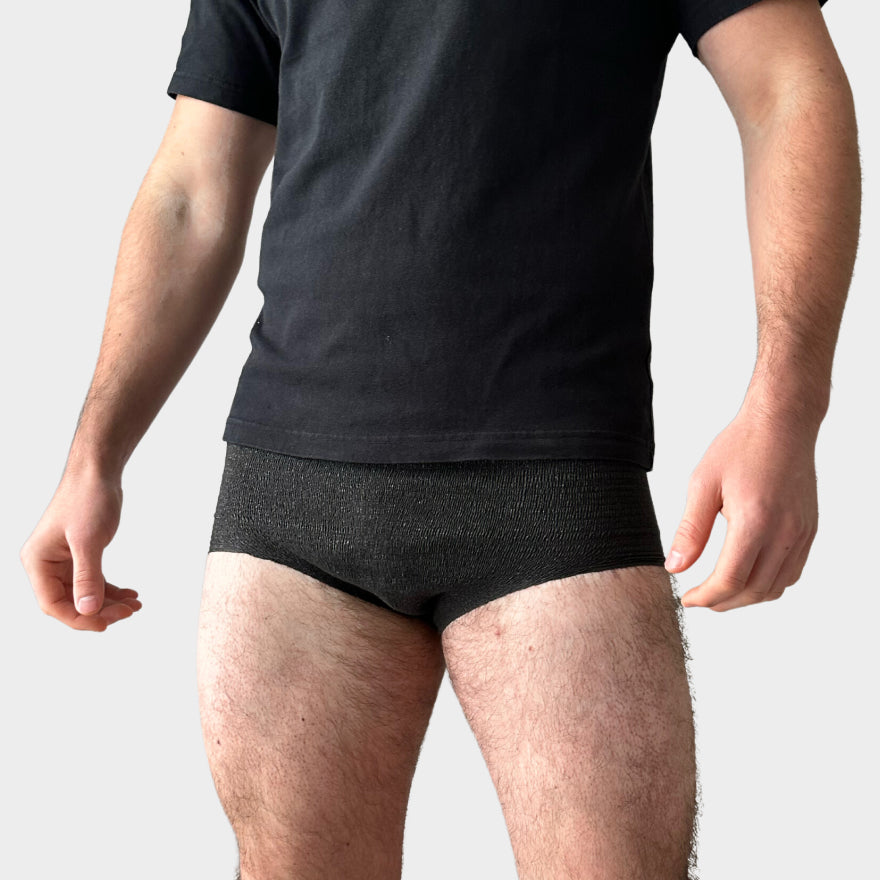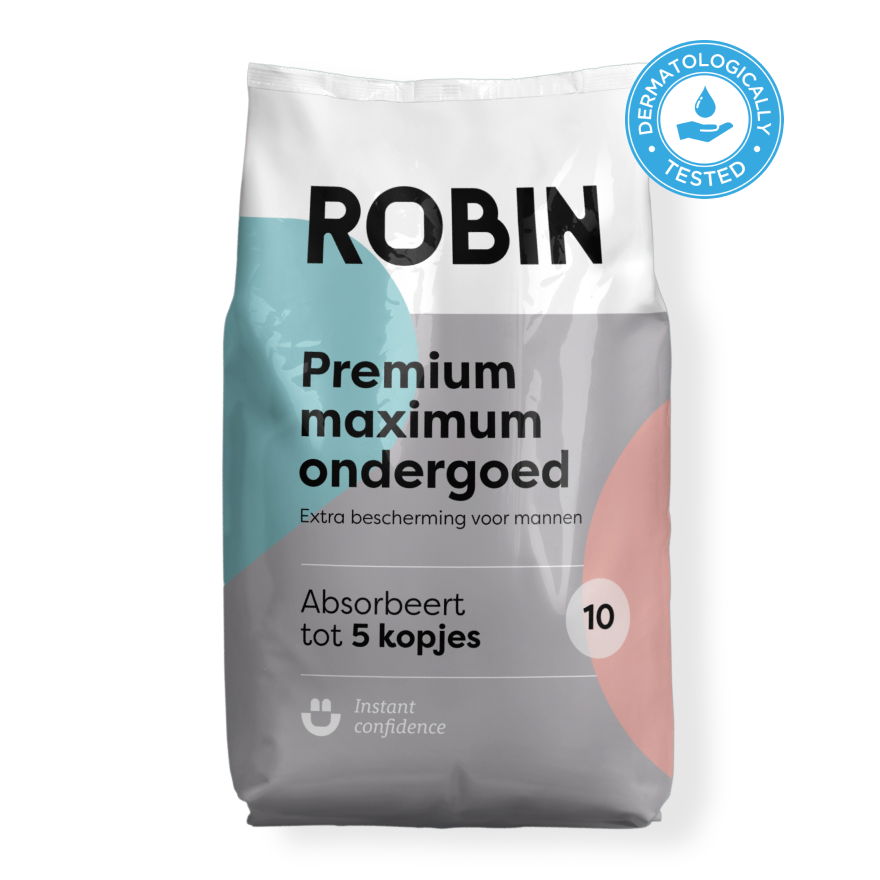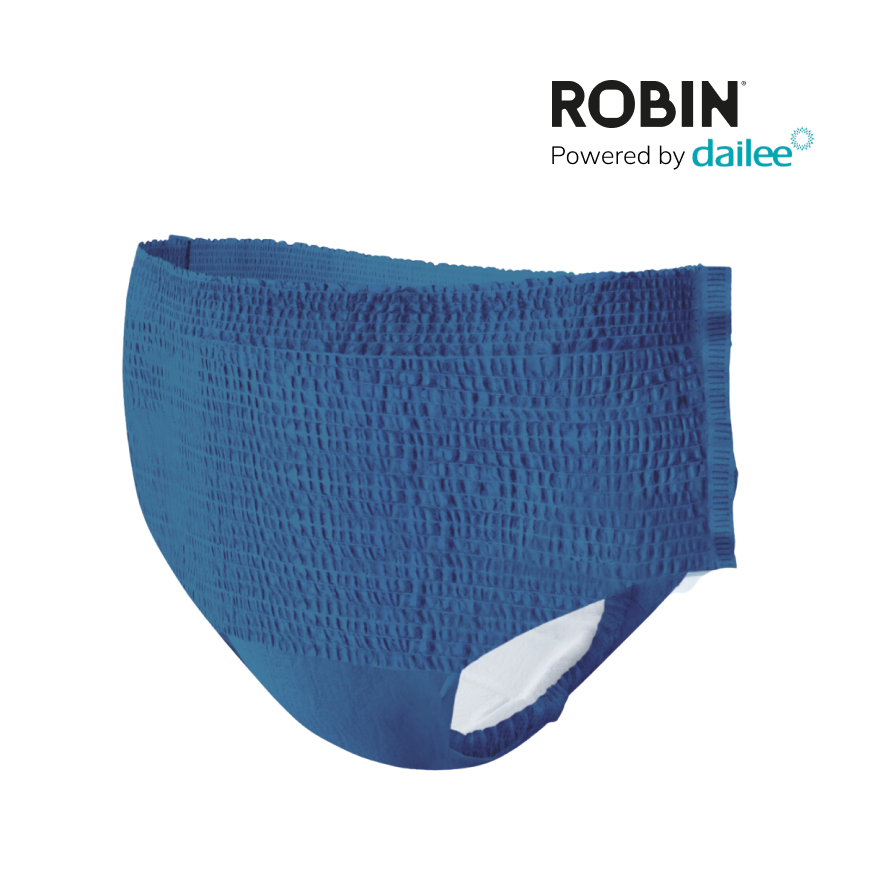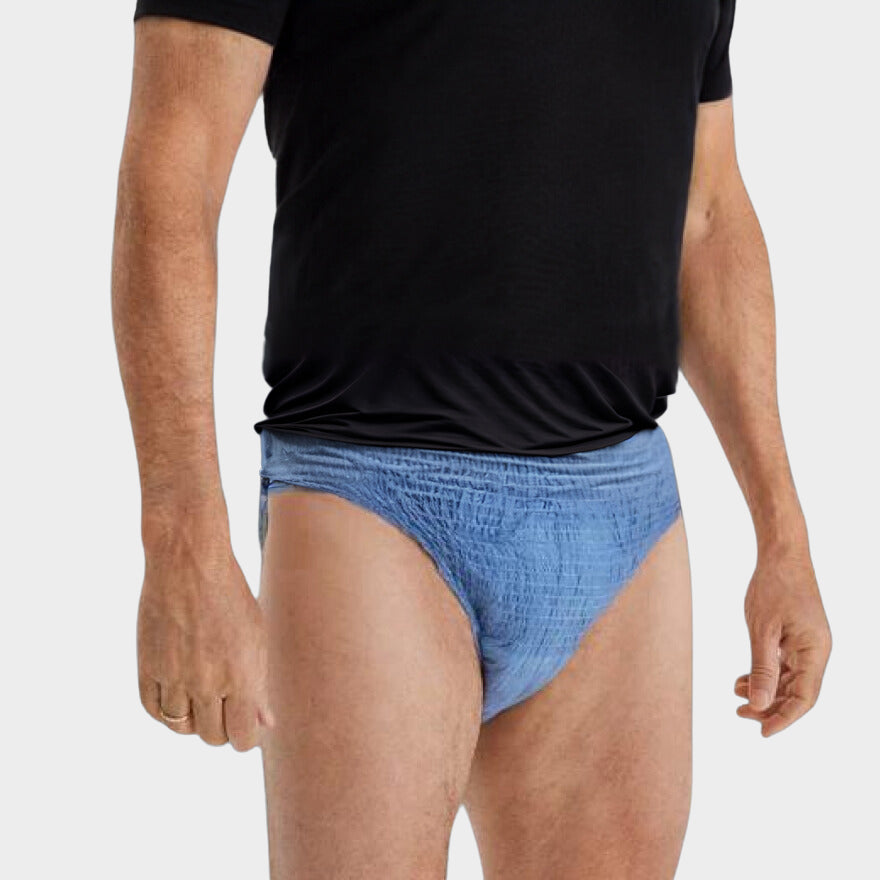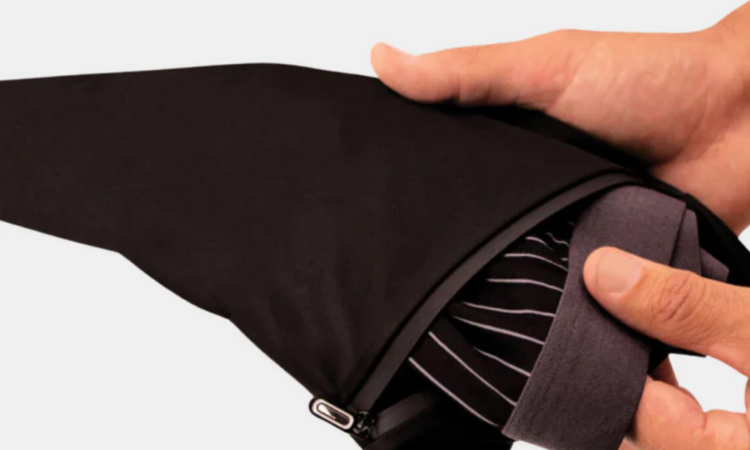If you or a loved one regularly suffers from incontinence, you probably already know that there are numerous incontinence solutions on the market. Choosing the right product can have a significant impact on your comfort, confidence, and overall quality of life. It’s essential to consider factors such as absorbency, fit, discretion, and lifestyle when evaluating your options. Understanding your specific needs and preferences can help you choose the most appropriate incontinence solution so you can manage this condition more effectively and regain control over your daily activities.
Read on to learn more about incontinence care and choose the ideal product for your individual needs.
Can I use menstrual products for my incontinence?
While some research suggests that tampons can help with female stress incontinence, they are generally unsuitable for treating incontinence because they do not absorb urine effectively. Regular sanitary pads are designed for menstruation, not rapid urine flow, making incontinence pads a more reliable choice for better absorption and reduced leakage. While a light urine stream can be managed with a pad, incontinence products can provide superior absorption, reducing discomfort and irritation.
What are incontinence pads?
Incontinence pads are a popular choice for people looking for effective protection against urine leakage. While incontinence pads provide reliable protection for many people, it is important to choose the right absorbency level based on individual needs. By striking the right balance between comfort and security, incontinence pads can be an excellent solution for managing urinary incontinence.
Incontinence pads are typically made of absorbent fabric filled with a liquid-absorbing polymer to absorb urine and keep the skin dry and clean. A waterproof layer on the back of the pad prevents leakage into clothing. While the average daily usage is four to six pads, the actual number depends on individual comfort and absorbency needs. Make sure you choose the right absorbency level for your needs.
To activate the leakage barrier, use the "squeeze, squeeze, pull" method. Squeeze the top and bottom together and pull lengthwise - avoid shaking the compress as this can disrupt the core and affect absorbency. Before using the compress, wash your hands and clean your private area and inner thighs with a damp towel or cloth. Remove the adhesive cover and place the compress with the adhesive side down.
Should I use pads or incontinence underwear (briefs) for my incontinence?
The choice between incontinence pads and incontinence underwear depends on your individual needs and preferences. Pads are ideal for lighter urine leakage and can be easily changed. Incontinence underwear, on the other hand, has a higher absorbency and full coverage, making them suitable for moderate to heavy incontinence. Both are good options for people who do not have easy access to washing machines at home.
Incontinence pads vs. incontinence underwear
Incontinence pads are an affordable, comfortable and discreet solution, but for more absorbency or more extensive protection, briefs may be preferable. Robin underwear offers reliable protection, with a range of colours, gender-specific designs, absorbency levels and waistband sizes available.
To ensure optimum comfort and effectiveness, you should know your hip and waist measurements before purchasing incontinence products. Base your choice between pads and briefs on your individual needs, taking into account factors such as absorbency requirements, activity level and clothing preferences.
Advantages and disadvantages of incontinence pads
Incontinence pads are an affordable option for many users. They are convenient to have on hand when traveling, as they can be easily packed in your luggage and thrown away after use. However, if you need a higher absorbency or want the assurance of comprehensive protection, briefs may be a better choice. Like Robin underwear, our underwear provides reliable protection.
Advantages and disadvantages of incontinence underwear or briefs
Incontinence underwear is designed to fit snugly, preventing leakage and providing a secure feel. It often looks like regular underwear, allowing users to maintain privacy and feel confident in different environments. In addition, incontinence underwear usually has a higher absorbency than pads, making it suitable for those who need more protection. It is designed for everyday use and provides users with a comfortable experience during use.
There are also some disadvantages of incontinence underwear that you should consider. For example, incontinence underwear needs to be changed more often compared to inserts, which can be easily replaced without having to change the entire garment. Additionally, incontinence underwear can be more expensive than inserts in the long run, especially if users need multiple pairs to change throughout the day and live in an area where the cost of doing household laundry is high.
How do you choose the right one for you?
The level of absorbency you need depends on the severity of your incontinence. Incontinence pads are ideal for light to moderate urine leakage and provide a convenient and easy-to-change solution. Incontinence underwear, on the other hand, has a higher level of absorbency, making it suitable for people with moderate to heavy incontinence. Assess your needs and choose a product with the right level of absorbency. However, many people find that a combination of pads and disposable panties provides the best protection.
By using a customized combination of incontinence pads and disposable panties, you can tailor your protection to your specific needs. Incontinence underwear provides a secure, comfortable base layer with higher absorbency for moderate to heavy urine leakage. Adding an incontinence pad to your underwear can provide additional protection and absorbency for those with more severe incontinence or when you need extra reassurance, such as at night, during physical activity, or when you are away from home for extended periods of time during the day.
Conclusion
Robin Underwear’s range of incontinence products is designed to fit your unique incontinence needs. With different absorbencies, sizes and styles, Robin’s sanitary pads and underwear meet a wide range of needs and provide a comfortable and safe experience. By providing tailored solutions, Robin Underwear helps you regain your confidence and enjoy more freedom in your daily life.
Don't let incontinence hold you back any longer - experience the confidence, comfort and protection you deserve with Robin Underwear's innovative incontinence products. Our pads and underwear are designed to perfectly fit your individual needs, providing the ultimate solution for managing incontinence without compromising on style or discretion.
